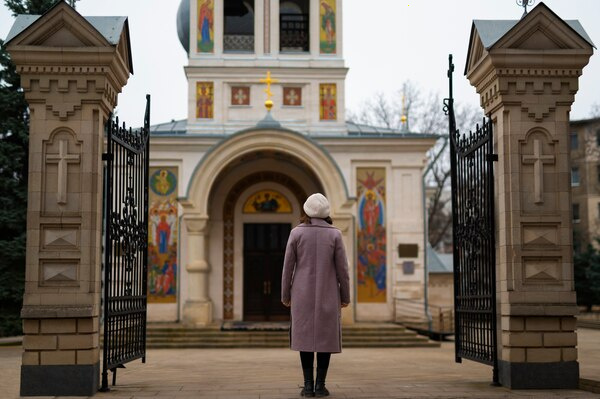The Impact of Art on Society
Art has been a fundamental part of human society for millennia, serving not only as a form of expression but also as a catalyst for social and cultural change. Its impact on society is profound, affecting everything from individual identity to global cultural movements. This article explores the multifaceted ways in which art influences society and why it remains an essential component of the human experience.

At its core, art reflects the values, beliefs, and experiences of its creators. It provides insight into different cultures and historical periods, acting as a time capsule that preserves the societal context in which it was created. This ability to transcend time allows art to communicate across generations, offering a window into the past while inspiring future innovation.
One significant impact of art on society is its role in fostering cultural identity. Art forms such as music, dance, painting, and literature help communities express their unique cultural narratives. Through festivals, exhibitions, and public performances, art highlights the diversity of cultures and fosters a sense of pride and belonging among community members. This shared sense of identity can be particularly valuable for minority groups seeking recognition and representation within larger societies.
Art also serves as a powerful vehicle for social change. Throughout history, artists have used their craft to challenge societal norms and advocate for political and social justice. For example, during the civil rights movement in the United States, artists played a crucial role in highlighting racial inequality and galvanizing public support for change. Similarly, contemporary movements such as Black Lives Matter have leveraged art to convey powerful messages and mobilize global audiences. Through these efforts, art becomes a tool for activism, capable of shaping public opinion and influencing policy.
Moreover, art enriches education and personal development. Incorporating art into educational curricula encourages creativity, critical thinking, and emotional intelligence. It helps students of all ages develop a deeper understanding of themselves and the world around them. Art education promotes empathy and open-mindedness by exposing students to diverse perspectives and encouraging collaboration and expression.
In addition to its cultural and educational impacts, art significantly contributes to economic development. Cultural industries, including visual arts, film, music, and design, are vital components of the global economy. They create jobs, stimulate tourism, and attract investment, supporting the livelihoods of millions worldwide. Cities known for their vibrant arts scenes, such as Paris, New York, and Tokyo, benefit from robust economic activity generated by art-related events and institutions.
Art also plays a crucial role in mental and emotional well-being. Engaging with art—whether through creating or experiencing it—has been shown to reduce stress, increase happiness, and improve mental health. Art therapy is a recognized practice that uses creative expression to help individuals process emotions, heal from trauma, and gain self-awareness.
In a world increasingly driven by technology and rapid change, art offers a necessary balance by nurturing human creativity and sensitivity. It challenges people to think differently, question the status quo, and imagine alternative futures. By creating spaces for reflection and dialogue, art encourages societies to address complex issues in innovative and inclusive ways.
In conclusion, the impact of art on society is both profound and pervasive. It shapes cultural identities, drives social change, enhances education, boosts economic development, and promotes mental well-being. As a testament to human resilience and creativity, art remains indispensable in fostering a more understanding, cohesive, and enriched world. As such, investing in art and preserving cultural heritage is not only a celebration of past achievements but also an imperative for future progress. Art is not just a mirror of society; it is a tool for shaping it.